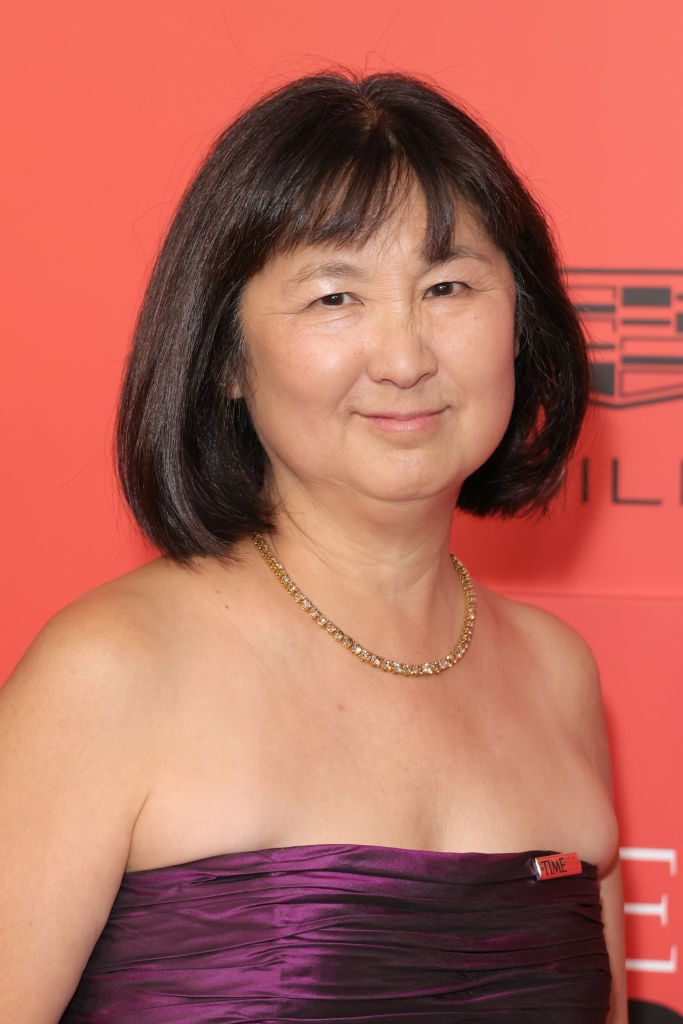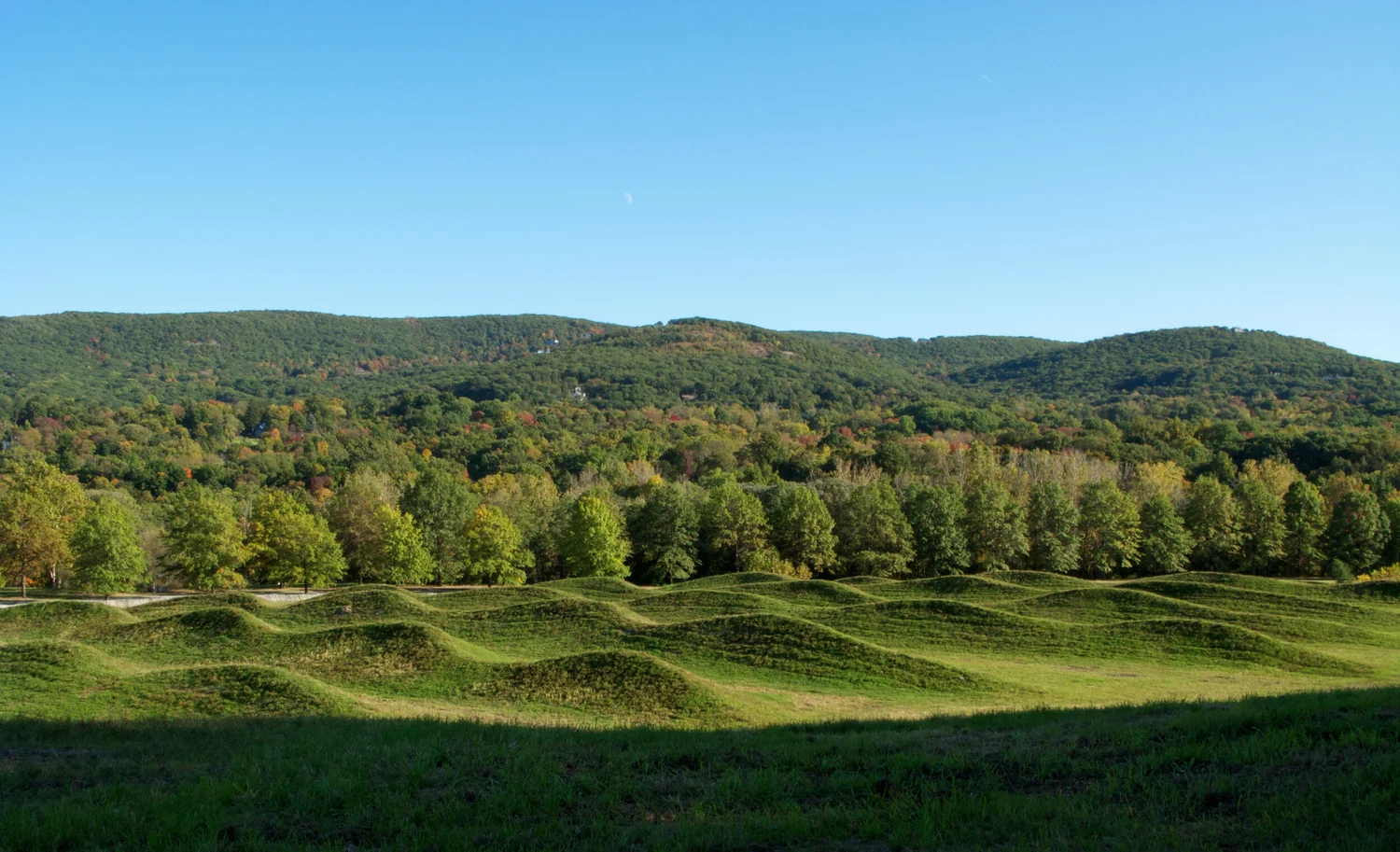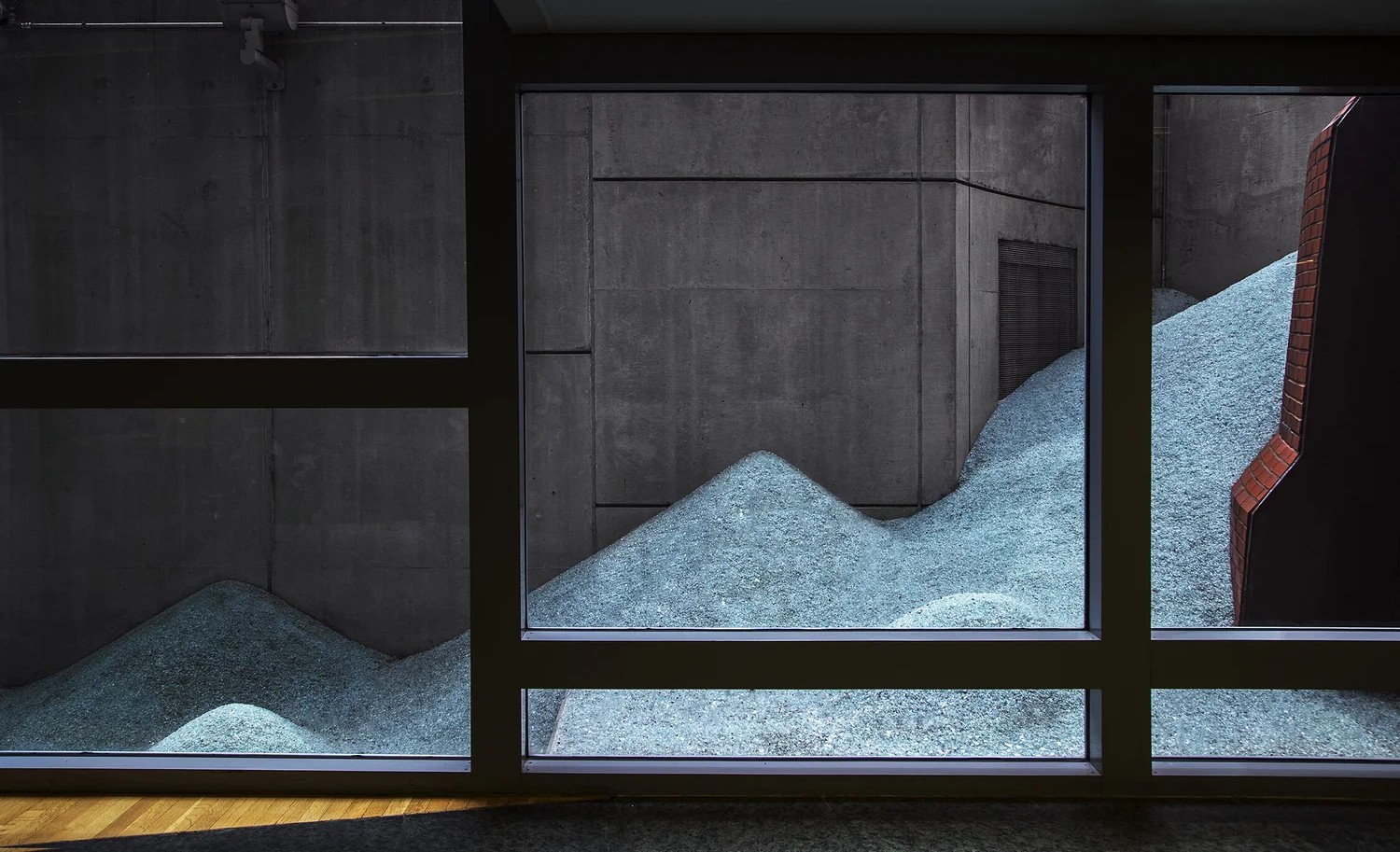
Michael Loccisano/Getty Images
When Maya Lin was just twenty-one, her quiet vision changed how a nation remembers. As an undergraduate at Yale, she submitted a class project to a national design competition. It was for a memorial for Vietnam War veterans.
Her entry, a sleek wedge of polished black granite etched with the names of more than 58,000 fallen soldiers, was unlike anything the public had seen. Its simplicity sparked debate, but what some called too stark soon became one of America’s most intense and healing monuments.
Lin grew up in Athens, Ohio, surrounded by creativity and intellect. Her mother, a poet, and her father, a ceramic artist and art school dean, taught her to think across disciplines which became the foundation of her career. She often says her work lives “between boundaries – science and art, art and architecture, East and West.” That in-between space is where her designs find their quiet power, inviting reflection rather than demanding it.
After the Vietnam Veterans Memorial, Lin continued to push limits. Her land sculptures, such as Storm King Wavefield, fold and ripple like frozen waves, turning landscape into living art. More recently, her What Is Missing? project serves as a digital and physical memorial to the planet’s disappearing species and habitats.
Over the years, Lin has received countless honors, including the National Medal of Arts and the Presidential Medal of Freedom. Yet she remains grounded in her belief that good design asks questions rather than gives answers. Whether shaping stone, soil, or sound, Maya Lin continues to remind us that memory, like the earth itself, is always shifting.
To see more of Lin’s work, visit her website at mayalinstudio.com.

Jerry Thompson, Storm King Art Center

Rose Marie Cromwell
*All images are © Maya Lin unless otherwise stated.
Disclaimer: The views and opinions expressed in this interview are those of the interviewees and do not necessarily reflect the views or positions of Public Health Landscape or Valent BioSciences, LLC.
